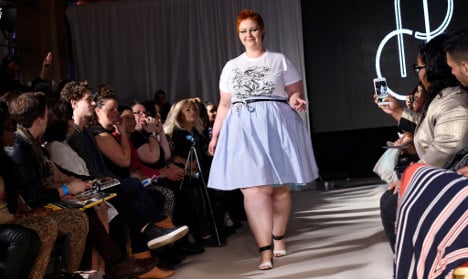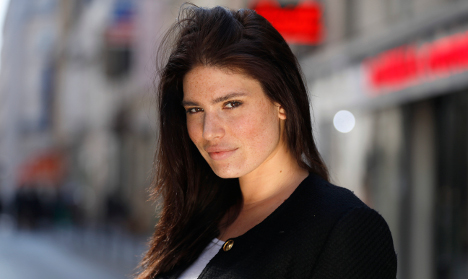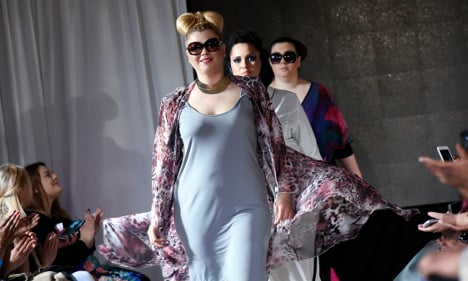
(A plus-sized model at the Pulp Fashion Week in Paris. Photo: AFP)
Pulp Fashion Week challenges French ultra-thin ideal http://t.co/jpX82HFtOE via @nzherald pic.twitter.com/00vBU7pOTh
— nzherald Video (@nzheraldvideo) April 12, 2015

(Desseaux at the Pulp Fashion Week in Paris. Photo: AFP)
WATCH: Pulp #Fashion Week features plus-size models in #France http://t.co/6gVfuTsQc5 pic.twitter.com/9jWs1nqX4g
— SCMP VideoMoJo (@SCMPVideoMoJo) April 12, 2015

(A plus-sized model at the Pulp Fashion Week in Paris. Photo: AFP)
A Parigi va in scena la #pulpfashionweek: sfilano le #curvy e le #plussize #moda #style http://t.co/YpHDuVdm2V pic.twitter.com/t5f72ZDONc
— Velvet Style Italia (@VelvetStyleIta) April 12, 2015




 Please whitelist us to continue reading.
Please whitelist us to continue reading.
Member comments